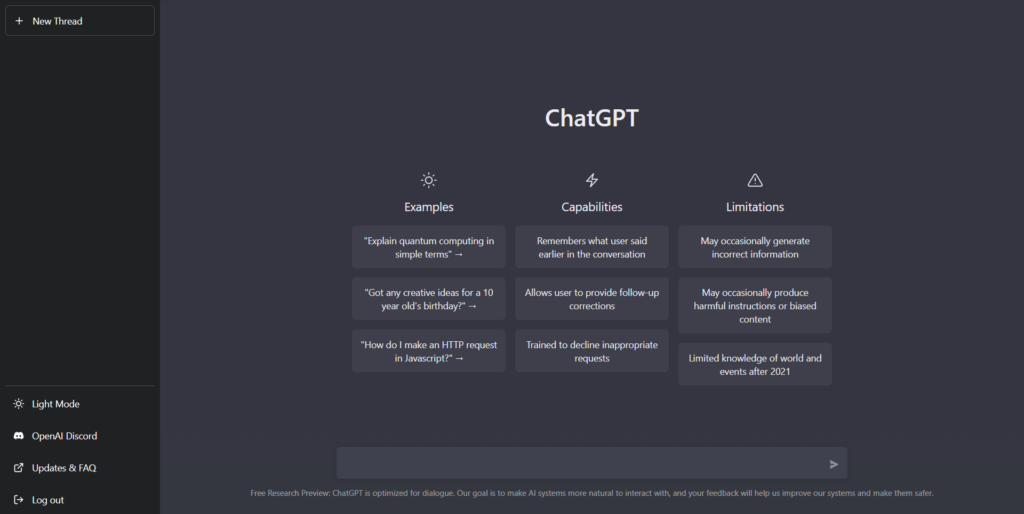The Patient to discover OpenAI’s revolutionary chatbot
Artificial intelligence, specifically conversational intelligence, has come a long way in recent years. Numerous models, platforms and algorithms have been developed to enable machines to understand and interact, as naturally as possible, with their interlocutor.
Among them is ChatGPT: the new and innovative prototype developed by OpenAI. You can and versatile, it is part of the GPT-3 (Generative Pre-Trained Transformer 3) models, is fine-tuned with machine learning techniques (unsupervised type) and optimized with supervised learning techniques.

Novelty or revolution?
ChatGPT is part of InstructorGPT, an evolution of previous models based solely on unsupervised learning. What makes the Instructor models innovative is learning by human (supervised) reinforcement. The difference of ChatGPT from other Instruct models (such as text-davinci-003, currently regarded as one of the best products on the market) is in the way through which the model was “trained.”
Indeed, in the final stages of development, human supervisors were asked to provide both the desired questions and answers. These were used as the dataset for optimizing the ChatGPT model.
OpenAI’s product is not just a chatbot: it is the basis for the creation of other machine learning models.
On the crest of a wave
ChatGPT is, at present, the most advanced model of GPT-3, suitable for anyone who wants to familiarize themselves with this AI model while not being able to set complex parameters or get their hands on code.
It was created to be usable by the masses, to touch and make it its own for the general public and thus make this technology affordable for everyone.
Advantages and limitations
One of the main advantages is the ability to learn from the conversation it has with users. The system is able to adapt to different styles of interaction and offer appropriate and relevant responses as appropriate.
ChatGPT is completely free, which is no small element, and provides an extraordinary foundation, usable by all, to start interacting with the artificial intelligences that, day after day, carve out a space within our daily lives.
Finally, the dialogue format employed allows the chatbot to respond to subsequent questions based on previously provided answers, admit its own errors, challenge incorrect premises made by the user, and even refuse to answer questions or requests it considers inappropriate.
However, like any artificial intelligence model, ChatGPT has its limitations and flaws.
Often, when conversing with our digital interlocutor, he is verbose in the formulation of answers, repeating some concepts often and redundantly.
Moreover, although it is “trained” in communication, it does not ask questions or seek clarification in the presence of ambiguous requests from the interlocutor, but instead tries to guess what the user intends
Bottom line.
ChatGPT is certainly a noteworthy point of arrival for those who, like Elon Musk and OpenAI look forward to an increasingly digitized future, but it is also an extraordinary starting point from which to continue to research, develop, and innovate.
Day by day our daily lives are intersecting with technological innovation in an increasingly dense way. We are an active part of continuous change, we are the protagonists of the extraordinary digital revolution that knows no brake.
Author: Alessandro Volpe